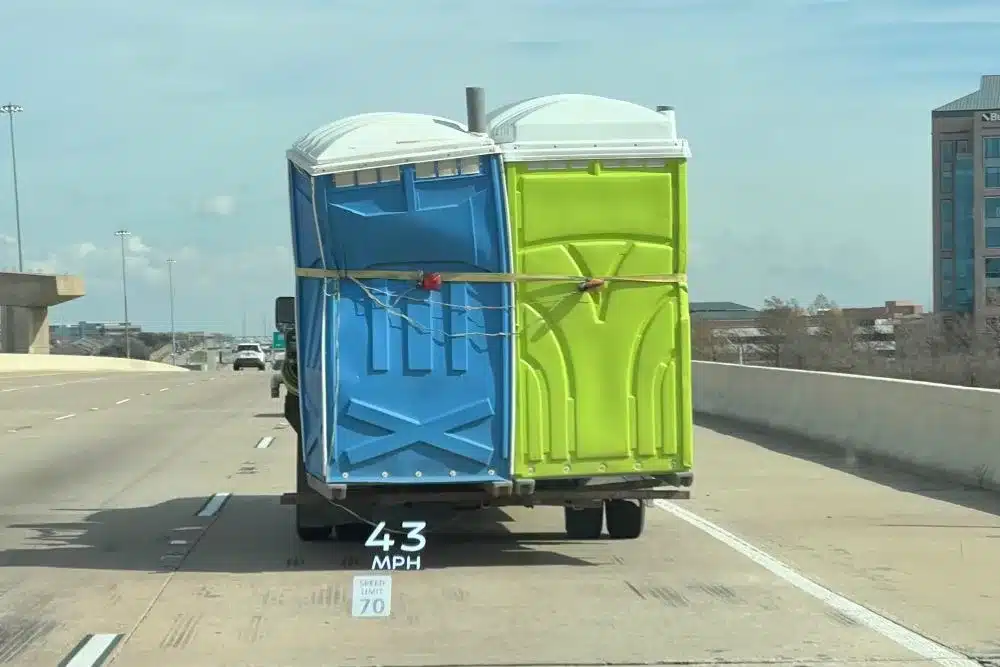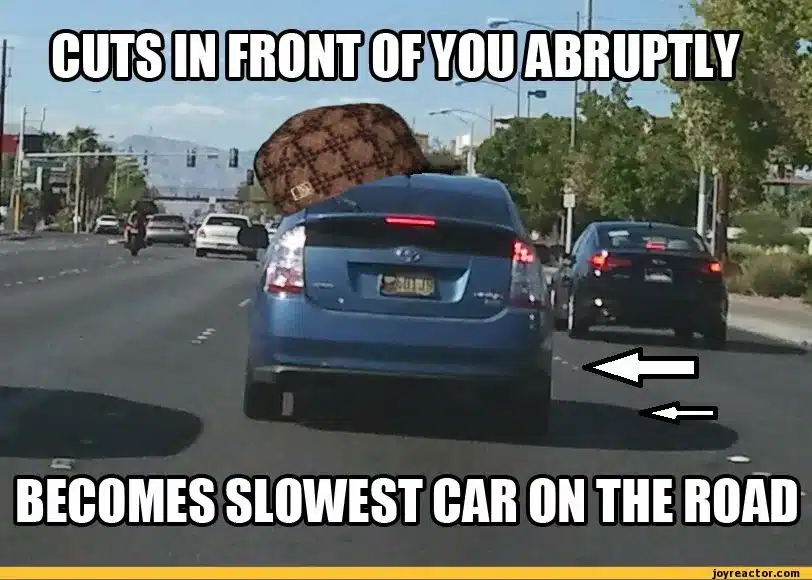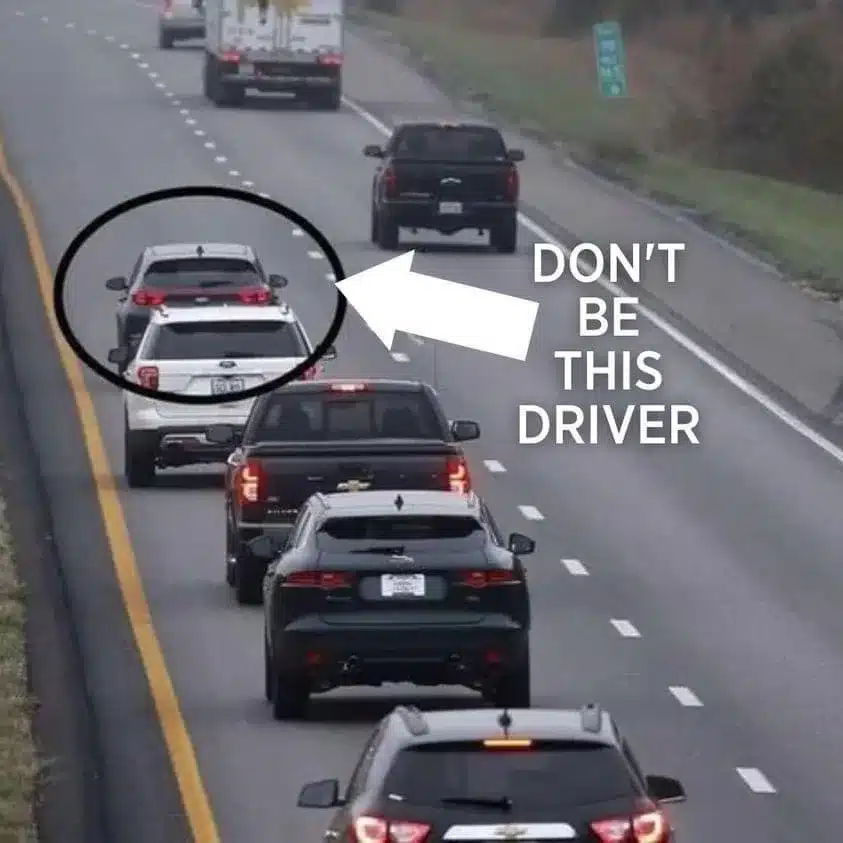Don’t let bad drivers define your brand

Three seems to be the number of near-traffic incidents I can expect to experience during each 1-hour drive to get my daughter to or from school. Granted, I’m traveling during peak traffic times, but I believe that qualifies me to personally validate the studies that say Dallas earns its top rank of worst drivers and highest traffic death rate. See here and more recently from Forbes here.
On the way to school last week, I had three drivers run hard red lights in front of me in ONE trip. This morning I had three people so recklessly cut me off that I had to slam on the brakes, sending my dogs skittering across the car. Mind you, I’m no Gramma taking a Sunday drive type of driver, but the situation on-board my vehicle is not Grand Prix Auto either. I’m not the problem.

After the last missed by a coat of paint lane change in front of me, I made a mental note to shop Amazon for on-board cameras as I glared at the car pulling into the independent school I pass 4 times a day.
Was it a parent? Was it a teacher?! Imagine if they were my child’s instructor – what principles would they be instilling in her?
Then I was reminded of all the other daily irritations I harbor about this school:
- Their parents consistently make U-turns that block traffic or cause people to slow to a near stop, all because they don’t want to travel a few extra hundred feet to a traffic light.
- Their parents aggressively cut in line at busy intersections because they don’t want to wait for the turn lane.
- And the kicker, they left homeless trash on their lawn for several days.
I wish every one of these school members (and Dallas drivers, for that matter) had a mandatory “How’s my driving” sticker on their car, and you could call straight to the insurance company and report their misdeeds.

But really, do any of those things have a bearing on the school as a whole? Rationally, I can separate the fact that their community has a handful of inconsiderate drivers (what school doesn’t?) and their facilities department takes a nonchalant approach to their outdoor appearance. Maybe they don’t know many of their parents are jerks for drivers.
It all adds up though, doesn’t it? From a brand perspective, I have a bad perception of this school because my daily experience with it causes me irritation and risk.
What if, instead of an independent neighborhood school, this was your company? Your employees, your patrons, your community that had created this friction? People in nearby office buildings would talk about it, and like it or not, their experiences are all an extension of the brand you’ve developed, and you may not even know it.
Another scenario: I have a teenager, and I watch how she spends her discretionary funds on make-up and clothing. She chooses brands by their commitment to purity, fair trade, and social responsibility – which is pretty on par with Gen Z but not exclusive to that age group. Watch any YouTube influencer, and you’ll hear them beating the same drum – but extending it to say, “XYZ company doesn’t post about their sustainability efforts, so I have to assume it’s not part of their practice.” They might be right, do we know?
After one of our MANY trips to Sephora, I commented on the unusually high number of bitties shopping for makeup, and my daughter called out a company (I won’t name it) that went viral with that age set. She was disgusted because the products that these little girls were buying could damage their young skin, and the parents were clueless. In her opinion, the company has done nothing to educate the market; instead, it is just enjoying the revenue gains. She’s vowed never to buy their products because they are clearly untrustworthy.
It comes down to this: evasive or negligent messaging and communication allows the public or your customers to create the narrative. Avoiding hard conversations about safety or being a good driver in the community for the sake of sales (or tuition payments) is a mistake. Being clueless doesn’t cut it anymore either.
So, how do you determine if your messaging is falling short or is inconsistent? Ask! Ask on social media, ask through twice-yearly NPS surveys, and ask through employee surveys. People are quick to complain, and you’ll learn a lot. There are plenty of tools that allow you to listen for alignment of your communications and brand positioning. (Here’s a great list of social listening tools from Hootsuite, and I’m a big fan of Retently for surveying, and this ai tool aids in preventing narrative attacks.)
What if you don’t like what you learn? Validate what’s real, identify the gaps, and commit to maintaining the same voice and message consistently from every department. That might look like adding a marketing person to the operations meetings so they can help craft messaging for customer updates or giving awards for employees that customers review with top stars and embody the corporate brand. It might mean getting more specific on your “About” page and adding more customer feedback loops.
The ultimate goal is to find and retain customers by creating a distinguishable culture that breaks through the noise of competition – in a positive way.
Don’t be a sub-par school car line where bad drivers rule, be the Chick-fil-A car line that people drive out of their way to experience.

0 Comments